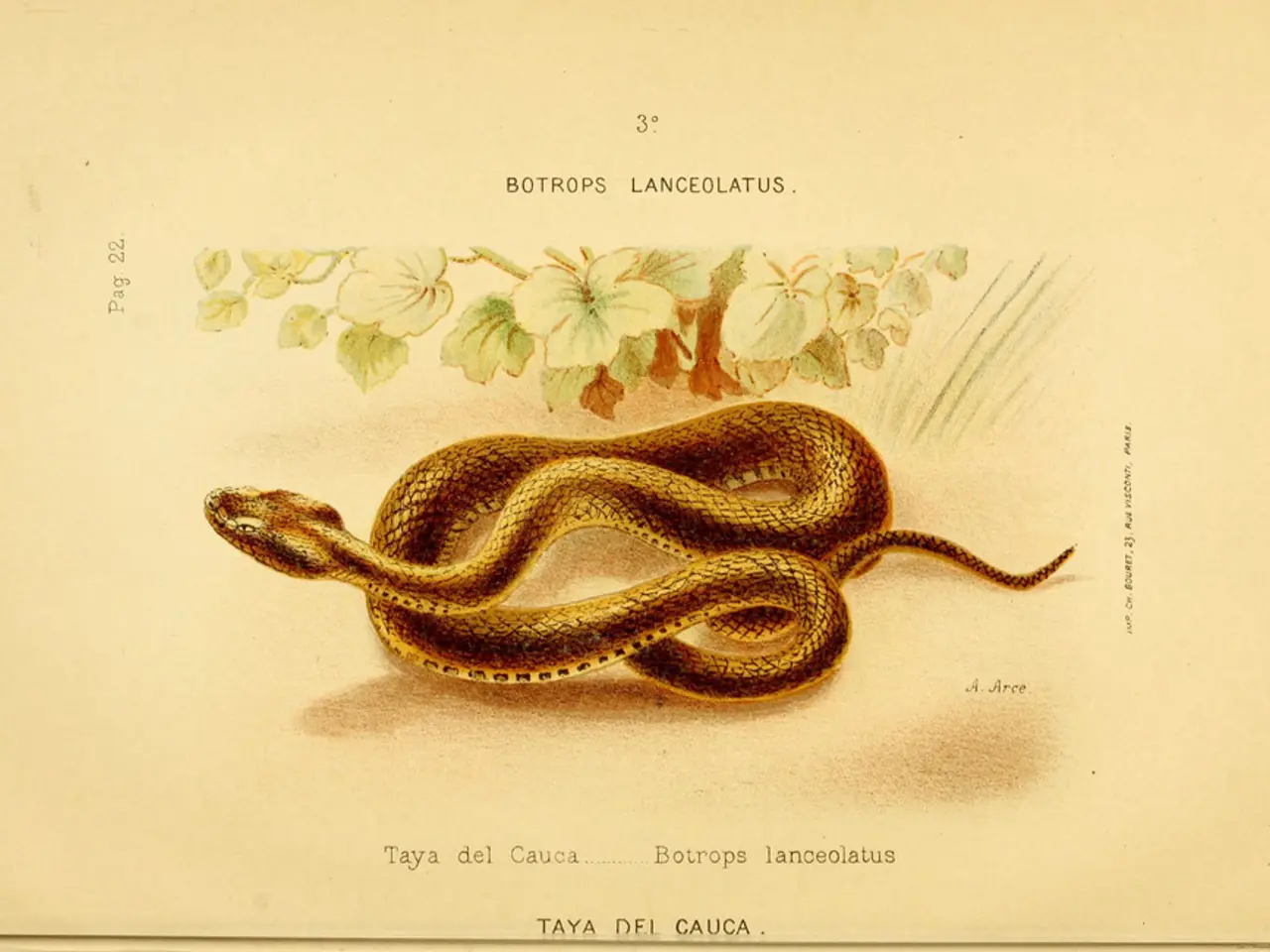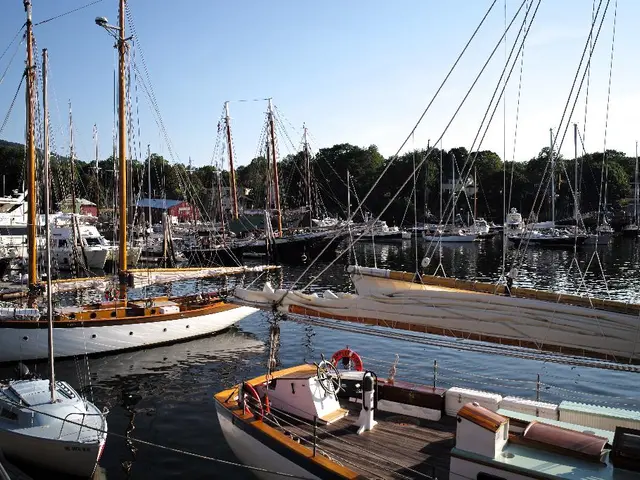Researchers and a poet encoding a poem within the DNA of a virtually indestructible bacteria (and itcomposed one in return)
In a groundbreaking convergence of art, biology, and technology, Canadian poet Christian Boek has embedded a poem into the DNA of a microbe known as Deinococcus radiodurans, or "Conan the Bacterium" for its extreme resilience. This microbe, capable of surviving intense radiation, deep freezes, and even the vacuum of space, could theoretically persist geological timescales.
Boek's project, part of his decades-long endeavor, The Xenotext, explores the idea of poetry as a biological artifact. The Xenotext: Book 1 debuted in 2015 with a poem encoded in a fragile bacterium. Book 2, the culmination of 25 years of research, trial, and error, is the latest development in this intriguing endeavor.
The poem "Orpheus" opens with the line "Any style/of life is prim", while "Eurydice" begins with "The faery/ is rosy of glow". When the microbe "reads" the poem, it produces a protein that encodes a second, complementary poem and glows red. This molecular expression of the poem's imagery is a testament to the project's artistic significance.
Lydia Contreras, a chemical engineer at the University of Texas at Austin, whose lab had deep expertise with Deinococcus radiodurans, found the project philosophically exciting. She noted that the work is about storing information that will forever survive.
Embedding poetry into the DNA of Deinococcus radiodurans has both artistic and practical implications, particularly for biological data storage. This bacterium’s extraordinary resilience makes it an ideal candidate for storing information that could potentially last for eons, far surpassing the durability of conventional data storage media.
Practically, encoding a poem into the genome of D. radiodurans demonstrates how living organisms can serve as long-term information repositories. The bacterium acts as a living archive that protects data from degradation. This biological data storage approach could be used for preserving cultural or scientific knowledge over geological timescales, embedding messages for future civilizations or potentially extraterrestrial life, and storing digital records in a biologically compact and durable medium, leveraging the bacterium’s DNA repair and survival mechanisms.
The project also produced an innovative “mutually bijective cipher” that linked two poems genetically and literarily, showing how data embedded in DNA could interact dynamically with biological processes to create new layers of meaning or expression.
Future implications extend beyond art and archival storage, hinting at new biological systems for robust, self-repairing data storage, enhanced genome editing tools that could integrate or manipulate stored data with precision in living cells, broadening the scope of synthetic biology and bio-computing. A framework for encoding complex information in organisms that could withstand extreme environmental conditions could enable data survival in harsh or extraterrestrial environments.
Overall, embedding poetry in Deinococcus radiodurans illustrates a unique convergence of art, biology, and technology with profound implications for the future of information storage and preservation. Boek's endeavor aims to create artifacts that could outlast the sun and preserve messages over the lifespan of Earth, bridging the gap between mortality and permanence.
Read also:
- Discussion: Strategies for enhancing the safety, speed, and efficiency of high-capacity 800V battery pack testing during a webinar
- Prominent Politician Harry Reid
- Solar Power Plant Equipped with Quattro Setup Combines with Solar Bank 3: Details, Costs, Depreciation Values
- Controversial weather manipulation concept gains increased plausibility in latest research findings








